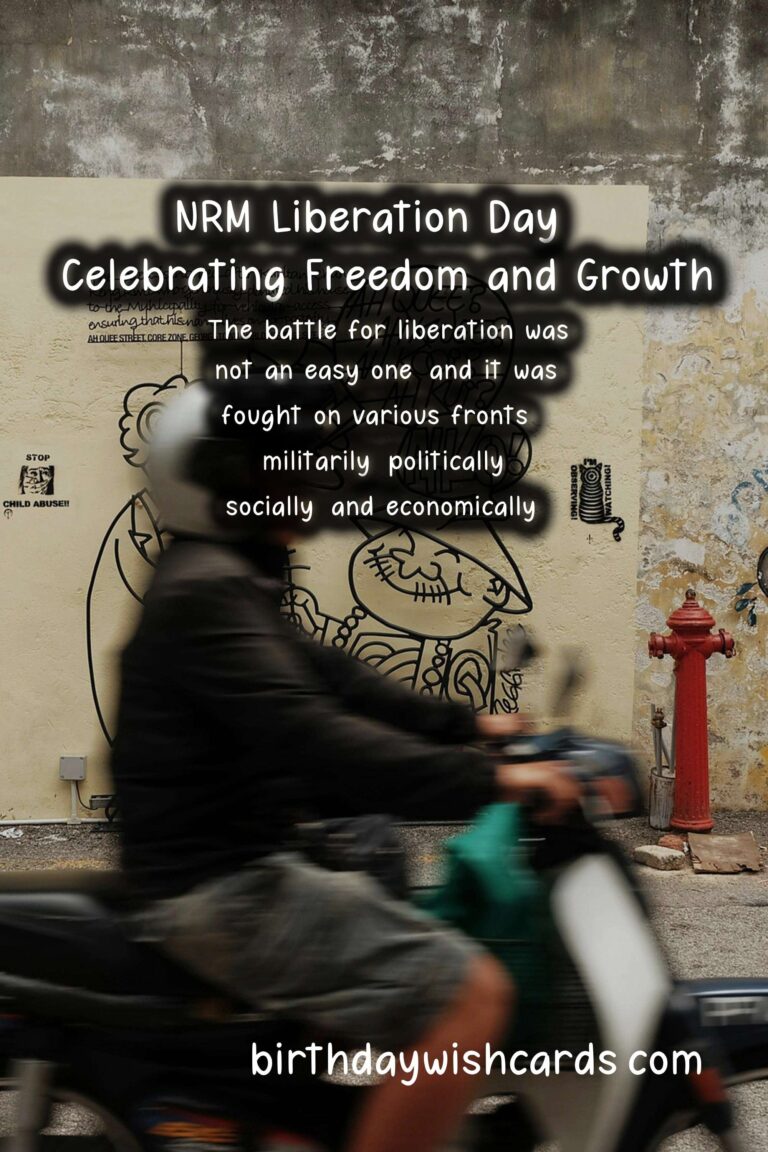How to Write Warm Greetings That Impress
How to Write Warm Greetings That Impress
In our fast-paced world, the importance of making a great first impression cannot be overstated. One way to do this is by mastering the art of warm greetings. A friendly and engaging greeting sets the tone for any interaction, whether it’s a casual meeting, a professional business encounter, or a simple note to a friend. In this article, we will explore various tips and techniques to craft greetings that leave a lasting impression.
Understanding the Importance of Warm Greetings
First impressions are crucial. They form the basis for how a person perceives you and what they can expect from future interactions. A warm greeting not only showcases your personality, but it can also significantly enhance your relationships, both personal and professional.
The Anatomy of a Warm Greeting
A warm greeting consists of several key components:
- Appropriate Tone: The tone of your greeting should match the situation. A friendly and informal tone is suitable for companions, while a more formal tone works well in professional settings.
- Person’s Name: Addressing the person by their name adds a personal touch and shows that you value them.
- Body Language: Non-verbal cues such as eye contact, smiles, and open posture can amplify the warmth of your greeting.
- Context: Adapting your greeting based on the context—like the time of day or the occasion—can make it more relevant and welcoming.
Different Contexts for Greetings
It’s essential to tailor your greetings based on the context of the interaction. Here are some scenarios along with examples:
1. Casual Greetings
In casual settings, like meeting a friend or a colleague, you can keep your greeting light. For instance:
“Hey [Name], it’s great to see you! How have you been?”
2. Formal Greetings
In formal situations, such as business meetings or interviews, opt for a more respectful and polished greeting:
“Good morning, [Name]. It’s a pleasure to meet you. Thank you for having me.”
3. Email and Written Greetings
When writing emails or notes, the greeting is crucial. A simple yet effective start could be:
“Dear [Name], I hope this message finds you well.”
Tips for Crafting Perfect Greetings
1. Know Your Audience
Understanding who you are addressing will significantly improve the effectiveness of your greeting. The key is to adjust your style and approach based on the recipient’s preferences and the relationship you share.
2. Be Genuine
Authenticity shines through in any greeting. When you greet someone sincerely, it enhances your connection and makes your words resonate more.
3. Practice Active Listening
When engaging with someone, listen attentively. This practice can help you tailor your greetings based on recent conversations or shared experiences.
4. Utilize Humor When Appropriate
Humor can lighten the mood and signal friendliness. Incorporating a tasteful joke or light-hearted comment can engage your audience, but do it cautiously to avoid misunderstandings.
5. Personalize Your Greetings
Whenever possible, add a personal touch that reflects past conversations or shared memories. For example, mentioning a recent achievement or event in the other person’s life can foster a deeper personal connection.
The Power of Non-Verbal Communication
Along with words, non-verbal cues hold immense power in conveying warmth. Consider these aspects:
- Eye Contact: Maintaining appropriate eye contact creates a sense of connection and trust.
- Smiles: A genuine smile communicates friendliness and openness.
- Posture: An open posture shows you are approachable and engaged.
Common Mistakes to Avoid
Even with the best intentions, mistakes can happen. Here are a few common pitfalls to avoid:
1. Overly Casual Greetings
Using slang or informal language in professional settings can come off as disrespectful, so assess the environment first.
2. Being Too Formal
On the flip side, being overly formal with a friend may create unnecessary distance. Find the right balance.
3. Ignoring Cultural Contexts
Different cultures have unique greeting customs. Be knowledgeable and respect these differences, particularly in diverse environments.
Conclusion
Mastering the art of warm greetings is a skill that can enhance every interaction in your life. By considering your audience, being genuine, and paying attention to body language, you can craft greetings that not only impress but also create lasting connections. So, whether in person, through email, or any other medium, remember the power of a warm greeting and let it pave the way for meaningful relationships.
Warm greetings are essential for making a great first impression.
Tailoring your greeting based on the context can enhance its effectiveness.










#WarmGreetings #FirstImpressions






